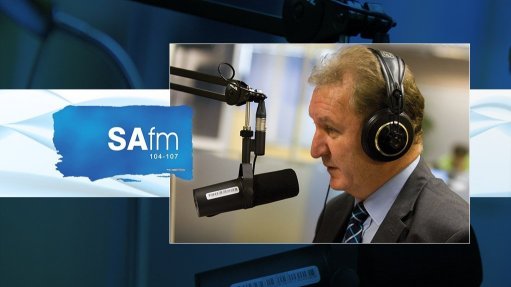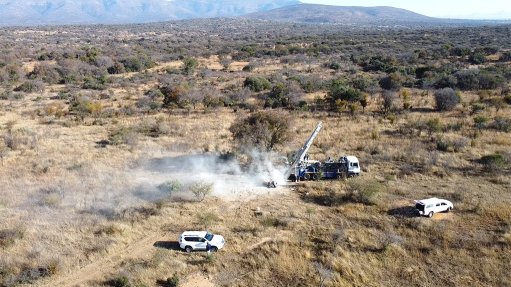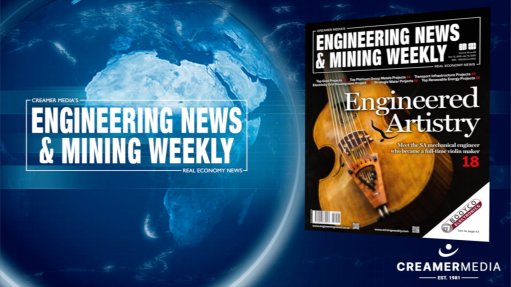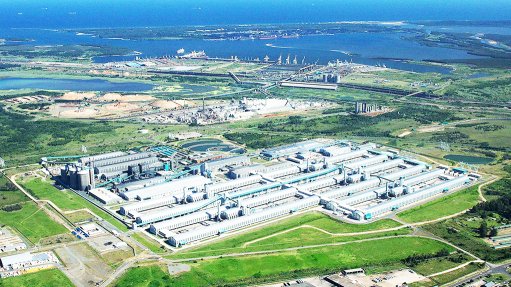Exploration dependent on global factors

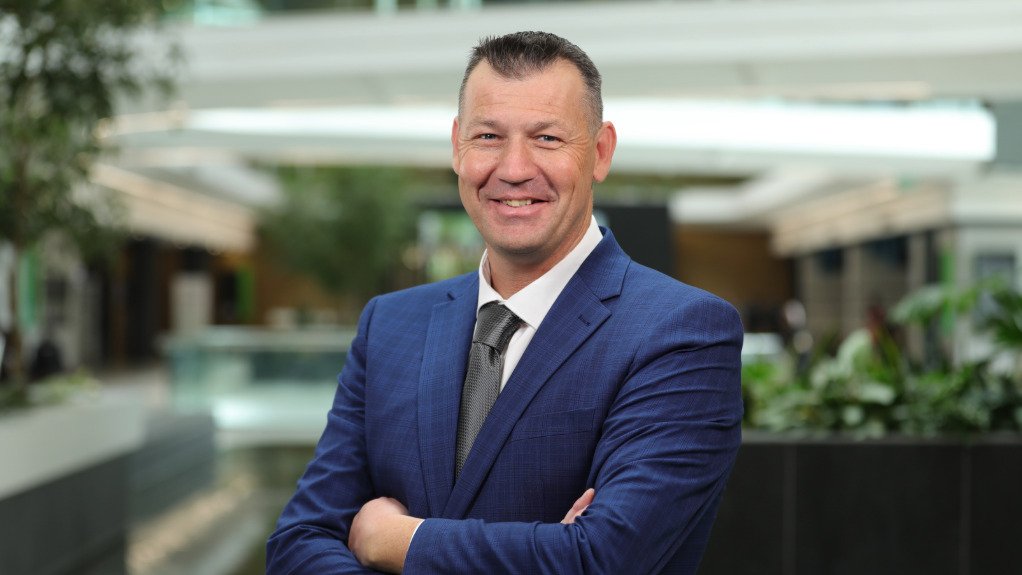
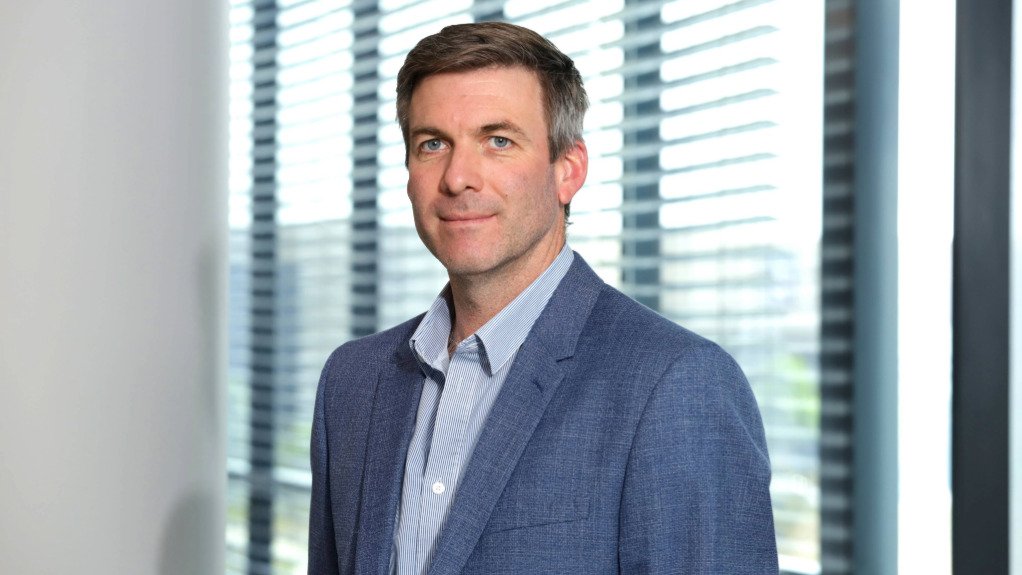
SIMON VAN WYK The government’s vision encourages active participation from miners alongside rail and port operators, potentially removing bottlenecks and facilitating such infrastructure upgrades
STEWART NUPEN Globally, iron-ore exploration has historically been dominated by Australia, but Africa is increasingly drawing attention as majors seek to expand the iron-ore resource base
The pace of iron-ore exploration and project development across Africa will depend largely on future price levels, which, in turn, are influenced by global supply and demand dynamics, according to professional services firm Deloitte Africa technical mining advisory leader Stewart Nupen.
“Exploration trends differ sharply between South Africa and the rest of Africa. In South Africa, particularly in the Northern Cape, iron-ore operations such as Sishen, Kolomela and Assmang are very well explored,” he explains.
However, Nupen points out that exploration in South Africa is largely of the “stay-in-business” type aimed at maintaining mining production of an established mine rather than discovering new resources that result in greenfield mines.
“Known magnetite projects exist but would require higher prices to develop,” he says.
Unlocking these resources, explains Nupen, would depend on commodity economics and price support rather than significant policy shifts, with magnetite profitability remaining supply-and-demand dependent albeit profitable with minimal additional infrastructure investment.
In contrast, iron-ore exploration in the rest of Africa is seeing renewed momentum, with activity reported across Mauritania, Guinea, Gabon, Namibia, Liberia, the Central African Republic, Nigeria and the Republic of Congo, where Nupen says both early- and late-stage projects are emerging.
“Globally, exploration has historically been dominated by Australia, but Africa is increasingly drawing attention as majors seek to expand the iron-ore resource base,” he highlights.
Differing Development
According to Nupen, South Africa and the rest of Africa represent “quite different” iron-ore markets.
The South African market is fairly mature, with well-established infrastructure and long-standing operations such as the Sishen–Saldanha iron-ore rail line, which has been operational since the 1970s and was upgraded to 60-million tonnes a year in the early 2000s and then to 93-million tonnes a year, notes Deloitte Africa sustainability leader Simon van Wyk.
Further, with discussions around the South African iron-ore sector focusing on logistics and infrastructure, particularly the performance of State-owned freight and logistics company Transnet, Van Wyk says the recent improvements in Transnet’s results showing volumes starting to recover, both for coal and iron-ore, are encouraging.
However, operational improvements on the Sishen-Saldanha line are marginal, as most upgrades have already been completed, he notes.
The remaining risks to South Africa’s iron-ore export potential include physical materials handling constraints, such as singular conveyor-to-ship loaders limiting export capacity, community pressures from Bluewater Bay residents and air quality challenges linked to ferrous dust, which pose ongoing operational licence risks under the Air Emission Licence administered by the Department of Forestry, Fisheries and the Environment.
Broader View
Meanwhile, across the rest of Africa, Van Wyk says many large iron-ore deposits have historically remained undeveloped as a result of most of these deposits being located far from export hubs, with ports and rail infrastructure capable of handling bulk materials often absent.
“Capital-intensive projects also face significant delays due to permitting, political influence, social impact and the sheer scale of investment required,” he adds.
However, Nupen says recent developments suggest a shift in this dynamic, with major cross-border projects unlocking previously stranded resources.
Article Enquiry
Email Article
Save Article
Feedback
To advertise email advertising@creamermedia.co.za or click here
Press Office
Announcements
What's On
Subscribe to improve your user experience...
Option 1 (equivalent of R125 a month):
Receive a weekly copy of Creamer Media's Engineering News & Mining Weekly magazine
(print copy for those in South Africa and e-magazine for those outside of South Africa)
Receive daily email newsletters
Access to full search results
Access archive of magazine back copies
Access to Projects in Progress
Access to ONE Research Report of your choice in PDF format
Option 2 (equivalent of R375 a month):
All benefits from Option 1
PLUS
Access to Creamer Media's Research Channel Africa for ALL Research Reports, in PDF format, on various industrial and mining sectors
including Electricity; Water; Energy Transition; Hydrogen; Roads, Rail and Ports; Coal; Gold; Platinum; Battery Metals; etc.
Already a subscriber?
Forgotten your password?
Receive weekly copy of Creamer Media's Engineering News & Mining Weekly magazine (print copy for those in South Africa and e-magazine for those outside of South Africa)
➕
Recieve daily email newsletters
➕
Access to full search results
➕
Access archive of magazine back copies
➕
Access to Projects in Progress
➕
Access to ONE Research Report of your choice in PDF format
RESEARCH CHANNEL AFRICA
R4500 (equivalent of R375 a month)
SUBSCRIBEAll benefits from Option 1
➕
Access to Creamer Media's Research Channel Africa for ALL Research Reports on various industrial and mining sectors, in PDF format, including on:
Electricity
➕
Water
➕
Energy Transition
➕
Hydrogen
➕
Roads, Rail and Ports
➕
Coal
➕
Gold
➕
Platinum
➕
Battery Metals
➕
etc.
Receive all benefits from Option 1 or Option 2 delivered to numerous people at your company
➕
Multiple User names and Passwords for simultaneous log-ins
➕
Intranet integration access to all in your organisation








